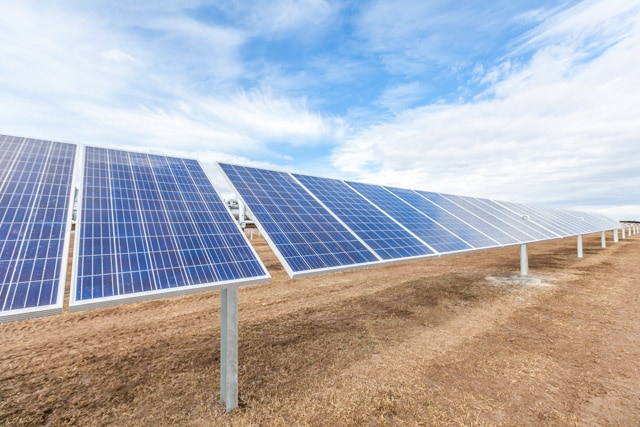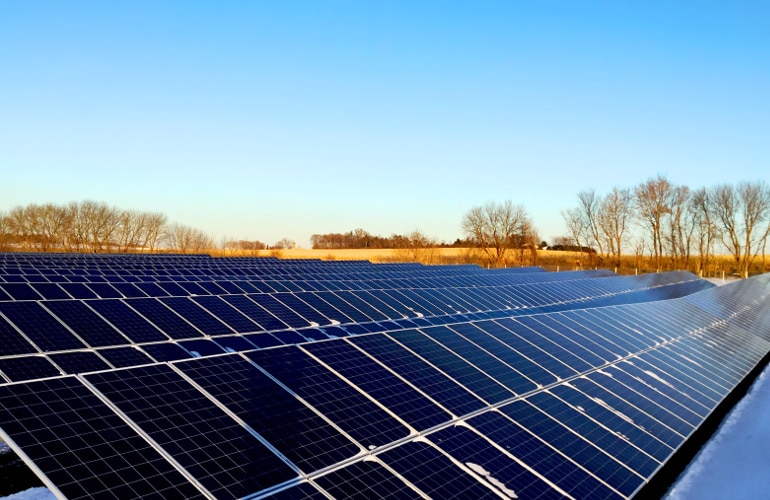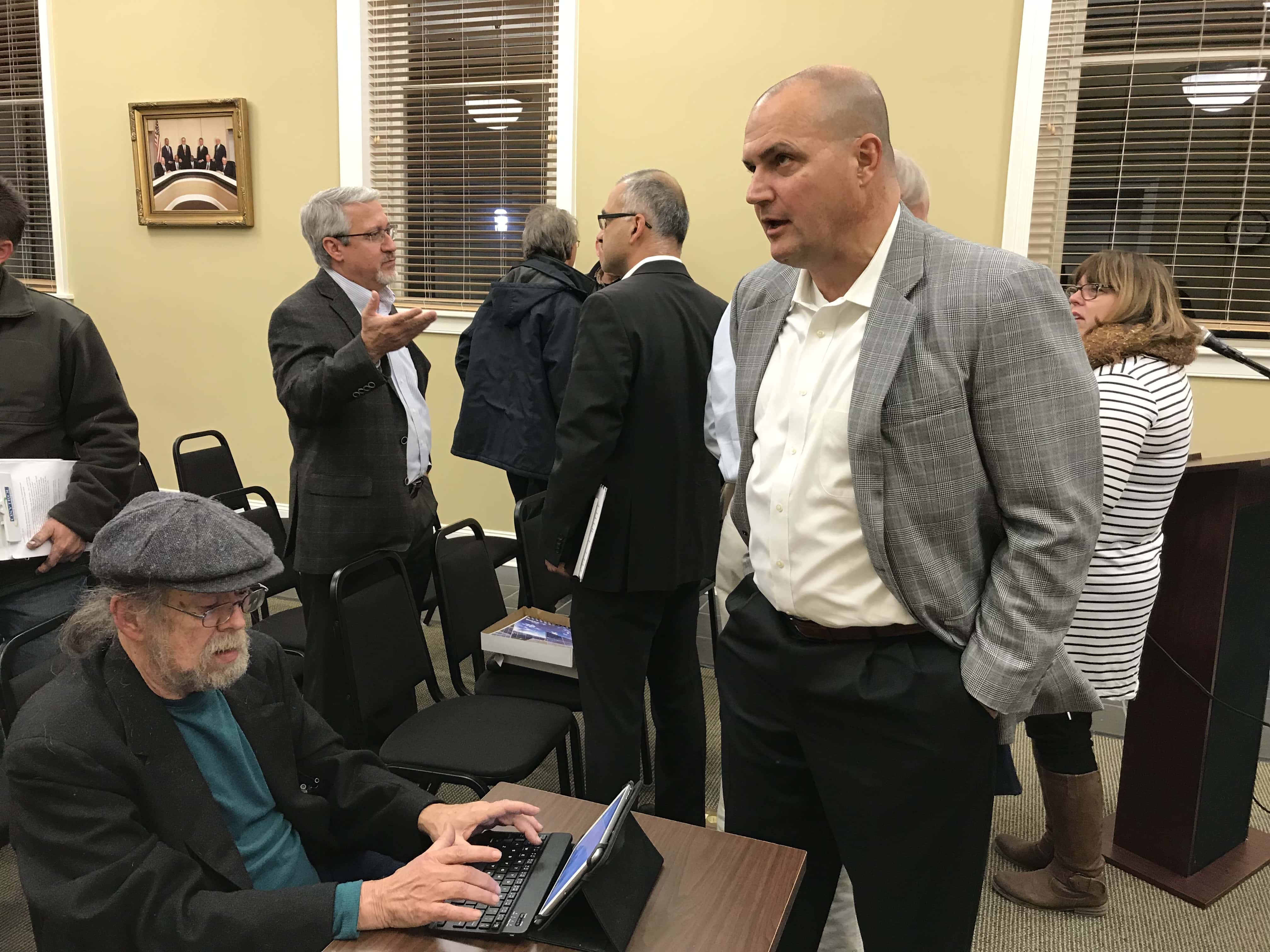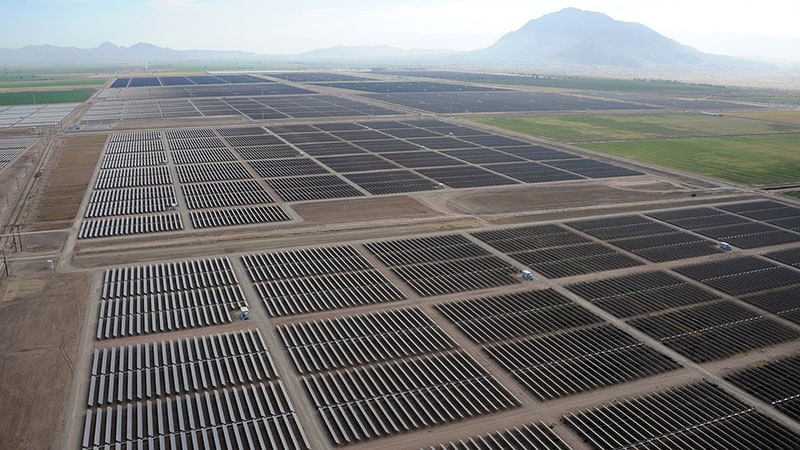Revisiting the Composite Index of Virginia
By Francis Hodsoll and Aaron Morrow In a series of blogs in March and April 2017, we discussed the Composite Index (CI) and the impact that solar energy facilities (solar projects) have on the calculation of the CI. In turn, we discussed some of the possible repercussions of the CI policy concerning the awarding of solar project permits. We continue to run across fundamental misunderstandings when it comes to the impact of solar projects on the CI calculation. To offer






